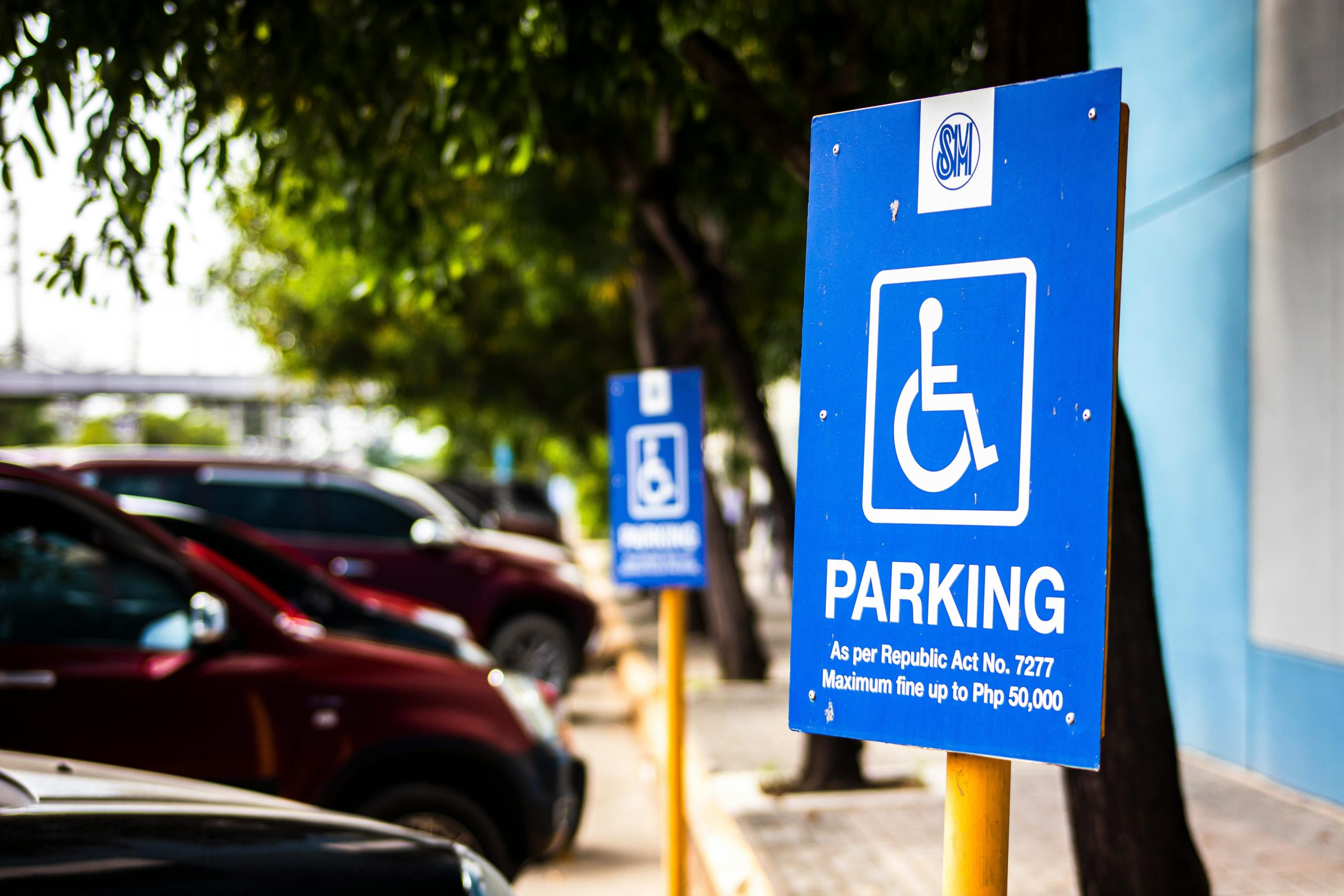Addressing Single-Family Zoning Restrictions Nationwide
Welcome to the world of single-family zoning restrictions, a topic that affects millions of Americans across the nation. For decades, cities and towns have implemented zoning regulations that limit the types and sizes of homes that can be built in certain areas. However, as affordable housing and urban density become increasingly urgent issues, the strict enforcement of single-family zoning laws has sparked controversy and debate. In this article, we will delve into the history and impact of single-family zoning restrictions and explore potential solutions for addressing them nationwide.
The History of Single-Family Zoning Restrictions
The concept of zoning dates back to the early 20th century when cities began to divide land into different zones for specific uses such as residential, commercial, and industrial. At the time, single-family zoning was seen as a way to protect property values and maintain a certain level of wealth and exclusivity in certain neighborhoods. It was also a way to control the types of people and businesses that could exist in a community.
In the 1926 Supreme Court case Euclid v. Ambler, the constitutionality of zoning laws was affirmed, and single-family zoning became a widespread practice across the country. In the following decades, many cities adopted ordinances that restricted the building of duplexes, triplexes, and other multi-unit housing in areas zoned for single-family homes. These restrictions have remained in place in many cities, despite changing demographics and housing needs.
The Impact of Single-Family Zoning Restrictions
While proponents of single-family zoning argue that it protects property values and promotes a sense of community, others argue that it has led to a lack of affordable housing options and contributed to urban sprawl and segregation. The strict enforcement of single-family zoning has made it difficult for lower-income and diverse populations to live in certain neighborhoods, perpetuating economic and racial disparities.
Moreover, the emphasis on large single-family homes has led to a significant increase in residential land use, driving up housing costs and contributing to the housing crisis. The National Low Income Housing Coalition reports that the United States has a shortage of more than 7 million affordable and available rental homes for extremely low-income households.
Potential Solutions for Addressing Single-Family Zoning Restrictions
1. Zoning Reforms
One solution to addressing single-family zoning restrictions is to reform existing zoning policies. Many cities, such as Minneapolis and Seattle, have already taken steps to eliminate or modify single-family zoning rules to allow for more diverse and affordable housing options. These reforms include authorizing the construction of duplexes and triplexes in areas previously zoned for single-family homes.
2. Inclusionary Zoning
Inclusionary zoning is another potential solution that requires developers to include a certain percentage of affordable units in new residential projects. This policy helps create more diverse and affordable housing options in areas where single-family homes are predominant. Inclusionary zoning has been implemented in cities like San Francisco and New York, but its success depends on a city’s commitment to enforcing it.
3. Encouraging Alternative Housing Models
Another innovative solution is to encourage alternative housing models, such as co-housing, tiny homes, and accessory dwelling units (ADUs). These options provide more affordable and diverse housing choices in areas where single-family homes dominate. However, they often face resistance from local zoning regulations and community opposition.
4. Community Involvement and Collaboration
Addressing single-family zoning restrictions requires collaboration between policymakers, developers, and community members. Engaging community members in the zoning process and incorporating their input can help create a more balanced and inclusive approach to housing development. It is essential to include diverse voices in discussions about zoning policies to ensure that the needs and concerns of all community members are addressed.
Conclusion
In conclusion, single-family zoning restrictions have had a significant impact on housing and urban development in the United States. While these policies were initially intended to promote property values and maintain a certain standard of living, they have contributed to the affordable housing crisis and reinforced segregation. To address these issues, it is crucial to consider innovative solutions and engage in open and collaborative discussions about zoning policies. By working together, we can address the negative effects of single-family zoning and create more inclusive and sustainable communities nationwide.











